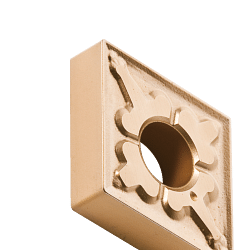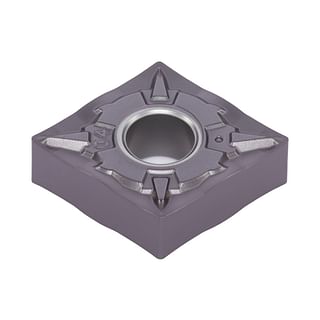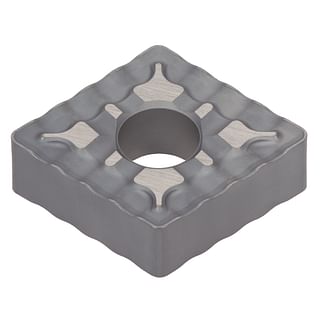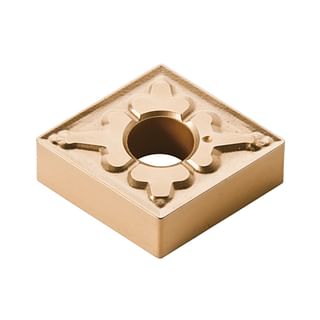B0C11
Turning insert CNMG TSF TUNGALOY Product Information
TipologiaCNMG
ChipbreakerTSF
ApplicationFinishing
As low as € 13,65
B0C12
Turning insert CNMG SF TUNGALOY Product Information
TipologiaCNMG
ChipbreakerSF
ApplicationFinishing
As low as € 12,80
B0C13
Turning insert CNMG HRF TUNGALOY Product Information
TipologiaCNMG
ChipbreakerHRF
ApplicationFinishing
As low as € 12,80
B0C14
Turning insert CNMG 37 TUNGALOY Product Information
TipologiaCNMG
Chipbreaker37
ApplicationMedium cutting
As low as € 13,65
B0C21
Turning insert CNMG TM TUNGALOY Product Information
TipologiaCNMG
ChipbreakerTM
ApplicationMedium cutting
As low as € 13,65
B0C23
Turning insert CNMG SM TUNGALOY Product Information
TipologiaCNMG
ChipbreakerSM
ApplicationMedium cutting
As low as € 12,80
B0C24
Turning insert CNMG HRM TUNGALOY Product Information
TipologiaCNMG
ChipbreakerHRM
ApplicationROUGHING
As low as € 12,80
B0C31
Turning insert CNMG TH TUNGALOY Product Information
TipologiaCNMG
ChipbreakerTH
ApplicationROUGHING
As low as € 13,65

















